Contents
Extremely elastic muscles, spring-like leg mechanisms and sticky feet are among the biological advantages that enable these 12 record-jumping species to leap up to 100 times their own body length. From tiny spiders to elegant impalas and even crustaceans, each of these agile animals is impressively athletic.
1. Rabbit
Among the best-known animal leapers, rabbits can leap many times their body length, though the extent of that leaping varies depending on the breed. Domestic rabbits are even trained to leap over obstacles in rabbit show jumping competitions all over the world.
2. Frog
Frogs have unusually stretchy muscles that enable them to jump more than ten times the length of their own bodies. Scientist have recorded them on high-speed cameras and then slowed down the footage to examine exactly how they can pull off jumping as much as seven feet. Before the frogs jump, they stretch most of their hindlimb muscles, and increase their length, which enables them to produce more force.
3. Mountain Goat
Mountain goats are sure-footed animals that spend their days jumping from cliff to cliff. They have cloven hooves with two toes spread to improve their balance as they pick their way up and down the mountainside. They are able to jump nearly 12 feet in a single bound.
4. Dolphin
These aquatic mammals jump up to 20 feet above the surface of the water. Dolphins do this to see what is around them. They look for predators or scout out their next meal. They could also just be saying hello to their fellow dolphin pals and communicating their location.
5. Grasshopper
Grasshoppers can jump 20 times their own body length. Imagine a person who can jump as long as a basketball court.
6. Froghopper
Froghoppers can jump 70 times their own body height. They’re the 2nd highest jumper among animals compared to body size. However, froghoppers generate the most force per body weight of any animal when jumping – more than 400 times their body weight. They initially accelerate at 4,000 metres per second per second and in a millisecond reach a take-off velocity of four metres per second.
7. Klipspringers
The highest jumpers among all mammals, relative to body size, klipspringers are African antelopes that can reach an astounding 25 feet into the air. It’s not just height that makes their jumps so impressive, it’s also precision. Klipspringers walk and jump only on the very edges of their tiny hooves, enabling them to land on projecting rocks no larger than silver dollars.
8. Hare
Hares are larger and have longer ears than their rabbit brethren, and haven’t been domesticated. These fast-moving animals can run at speeds up to 45 miles per hour and have been known to leap up to 12 feet in a single bound.
9. Jumping Spider
Whether creeping up on prey or escaping their own predators, the 5,000 species belonging to the jumping spider family are able to perform agile leaps. You’ll know a jumping spider when you see one – not only because of this unnerving ability to jump much higher than you’d expect, but also because of its distinctive row of four eyes, with the two center eyes much larger than the other two.
10. Cat
Cats can jump up to five or six times their own height. They often leap to reach high and strategic spots that offer concealment and protection, a habit that reflects their natural survival instincts.
11. Kangaroo Rat
Kangaroo rats may look quite a bit like ordinary rats, but don’t underestimate their ability to jump: they can travel up to 9 feet in one leap. Small rodents native to North America, kangaroo rats have large hind legs that can quickly propel their small bodies through the air. They can also change direction mid-leap.
12. Bharal
Bharal live in the Himalayas and are one of the best jumpers among animals. They’re adapted to jump from cliff to cliff and hill to hill. This medium-sized sheep has developed the ability to leap across rocks in an attempt to escape its main predator, the very speedy snow leopard.
13. Impala
Impalas are able to jump large distances in a single bound. They use their powerful jumping to quickly escape from predators, such as cheetahs, leopards and Nile crocodiles. Their ability to jump eight feet in height and 30 feet in length can literally save their life.
14. Kangaroos
No surprise here, kangaroos are masters at jumping. Technically, they hop with their powerful hind legs and long feet. One hop can move a kangaroo forward three to four times its own length, with the longest hop on record reaching 43 feet. The largest kangaroo species is Red Kangaroo. With legs that work like a rubber band, red kangaroos can leap over 9 meters – that’s 30 feet – in a single leap. The red kangaroo is the largest mammal native to Australia, and the males reach 5 feet in length.
15. Flea
It is usually claimed that the best jumper in the world is the Flea. They are longest and highest jumper among animals compared to body size. Fleas can jump 220 times their own body length and 150 times their own body height. If we were to scale up a flea to our size it would be like us jumping nearly 400m in distance whilst jumping over a 250m high building! The ability of a flea to launch itself onto the body of a host animal is what makes it such an effective parasite. Fleas drive their feet into the ground, gripping it with spines, and then suddenly release this ‘coiled spring’ to catapult into the air.
16. Copepods
If you were asked to identify the highest jumper in the animal kingdom, you might imagine that it was a grasshopper or a tree frog. But scientist have discovered that the gold medalist in high jumping comes from an unexpected place: the ocean! Copepods are tiny one- to two-millimeter-long crustaceans that can accelerate to a speed of 500 body-lengths per second when jumping to avoid becoming the prey of mackerel, herring, jellyfish and other predators. That means these little creatures have the strongest leg muscles in the world.





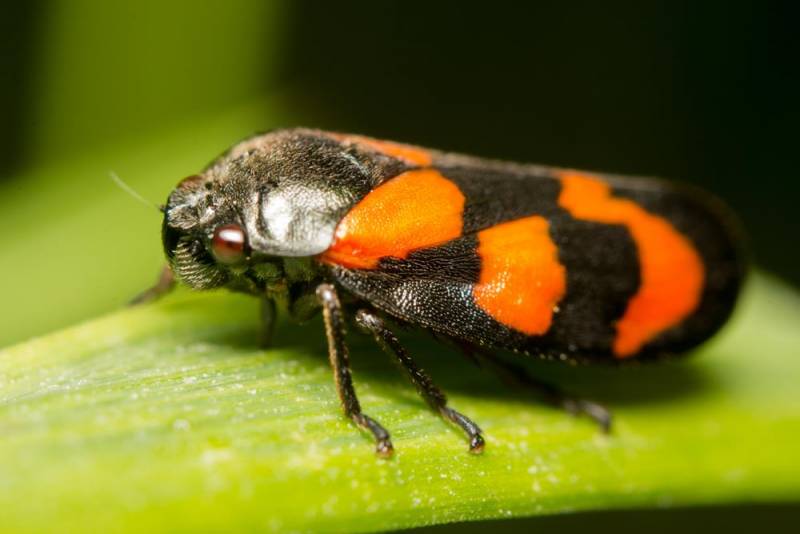
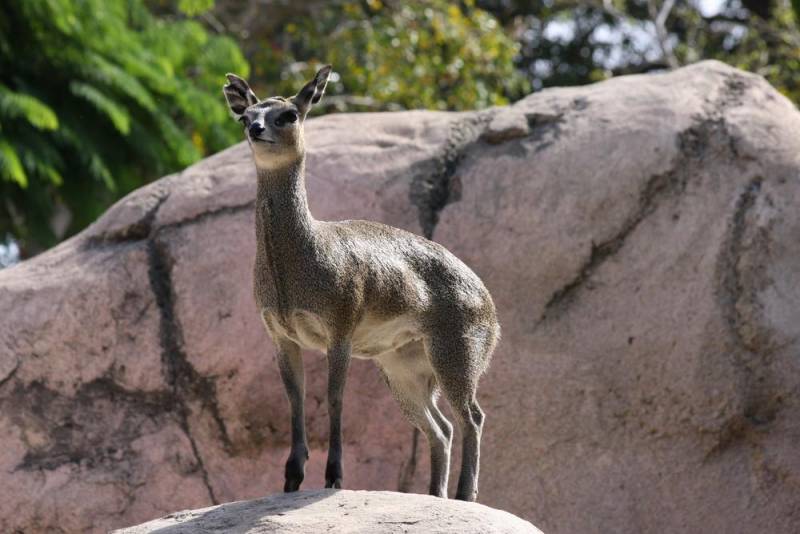

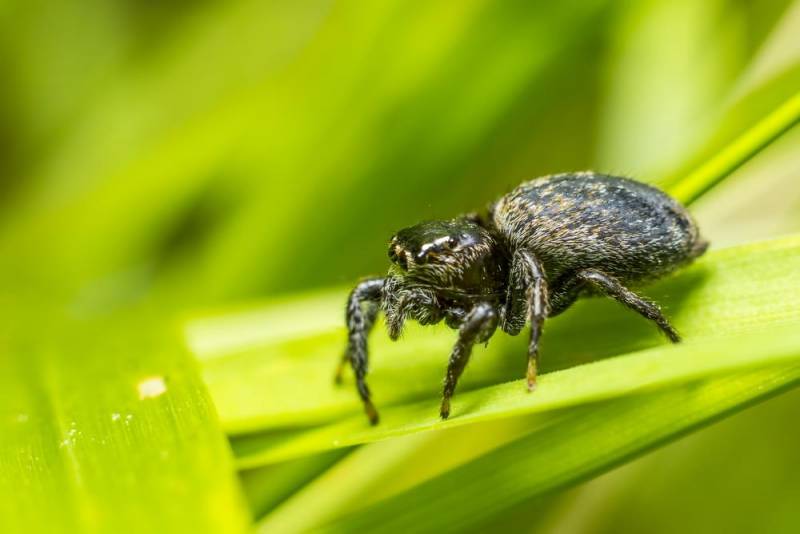

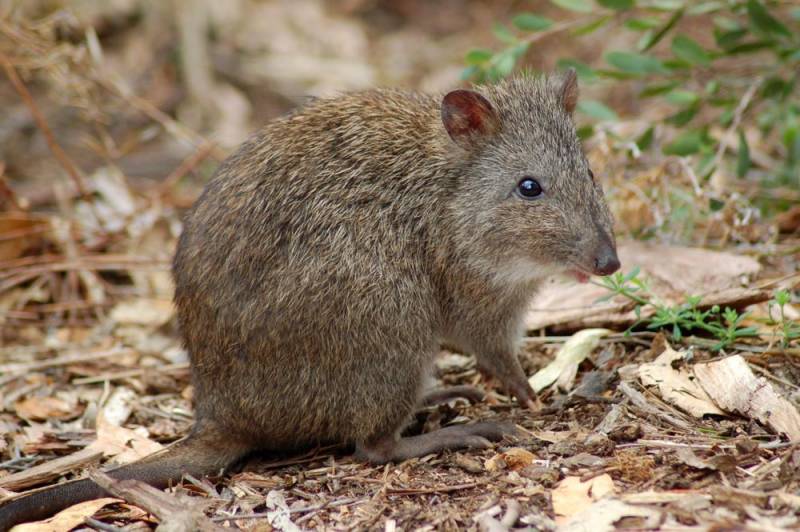
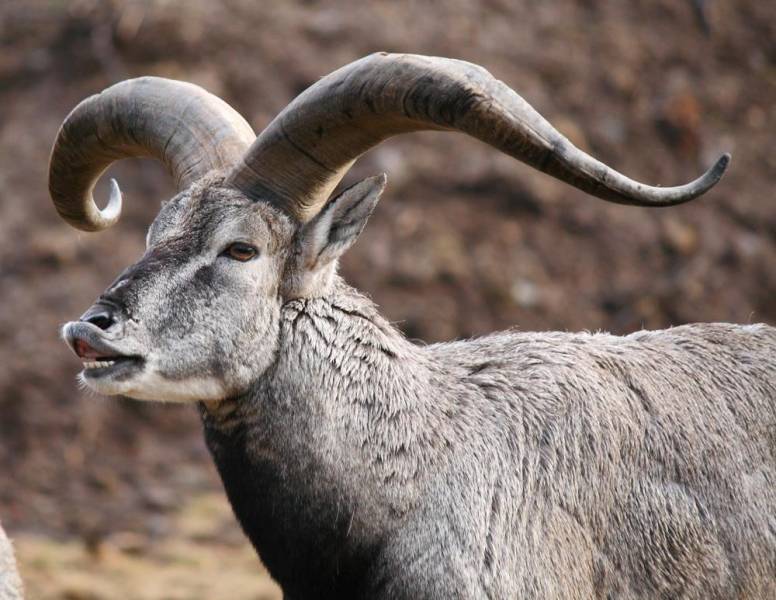

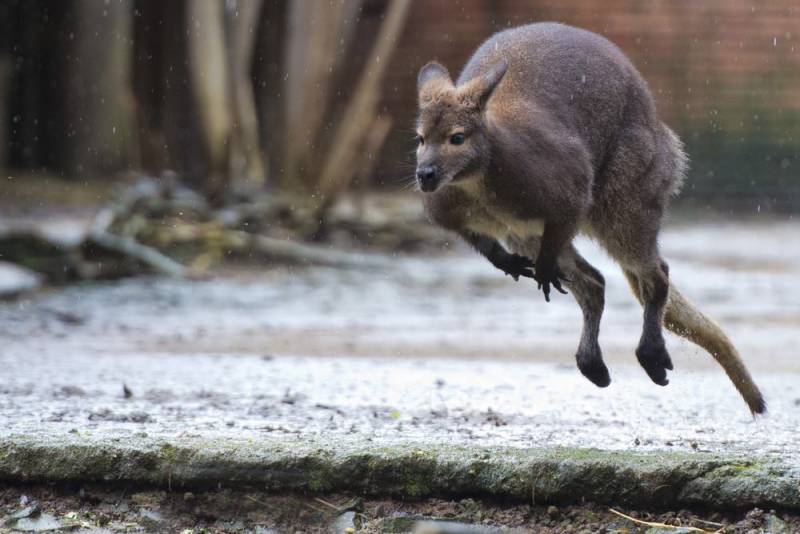

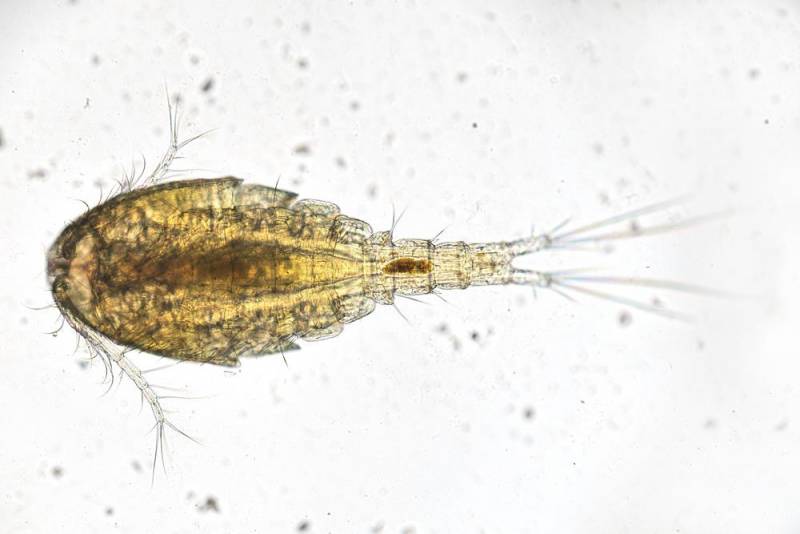
Leave a Reply